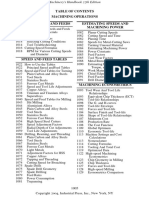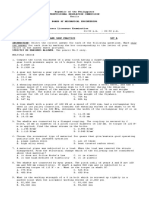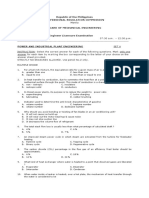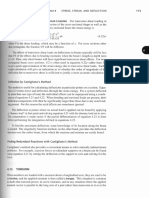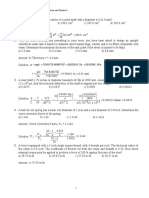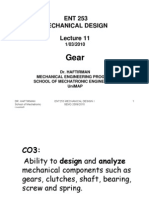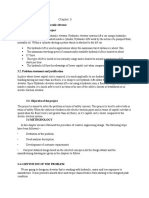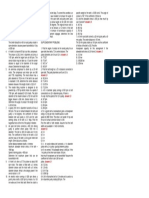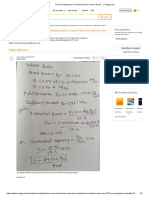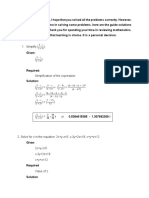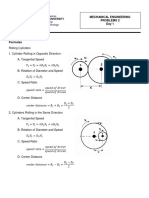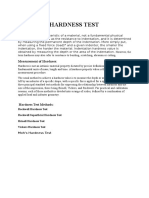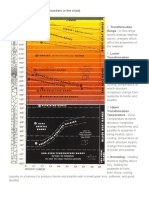0% found this document useful (0 votes)
169 views6 pagesHardness Test
The Brinell Hardness Test involves indenting a material with a 10mm steel or carbide ball under a load of 3000kg or less, measuring the indentation diameter under a microscope, and calculating the Brinell hardness number by dividing the load by the indentation surface area. It provides an average hardness measurement over a large area that is well suited for heterogeneous materials.
The Vickers Hardness Test uses a diamond indenter with a 136 degree pyramid point to indent a material under 1-100kgf for 10-15 seconds. The two diagonal lengths of the indentation are measured under a microscope and the Vickers hardness value is calculated using the load divided by the indentation area. It provides very accurate measurements and can test
Uploaded by
SivaramkumarCopyright
© © All Rights Reserved
We take content rights seriously. If you suspect this is your content, claim it here.
Available Formats
Download as DOC, PDF, TXT or read online on Scribd
0% found this document useful (0 votes)
169 views6 pagesHardness Test
The Brinell Hardness Test involves indenting a material with a 10mm steel or carbide ball under a load of 3000kg or less, measuring the indentation diameter under a microscope, and calculating the Brinell hardness number by dividing the load by the indentation surface area. It provides an average hardness measurement over a large area that is well suited for heterogeneous materials.
The Vickers Hardness Test uses a diamond indenter with a 136 degree pyramid point to indent a material under 1-100kgf for 10-15 seconds. The two diagonal lengths of the indentation are measured under a microscope and the Vickers hardness value is calculated using the load divided by the indentation area. It provides very accurate measurements and can test
Uploaded by
SivaramkumarCopyright
© © All Rights Reserved
We take content rights seriously. If you suspect this is your content, claim it here.
Available Formats
Download as DOC, PDF, TXT or read online on Scribd
/ 6
